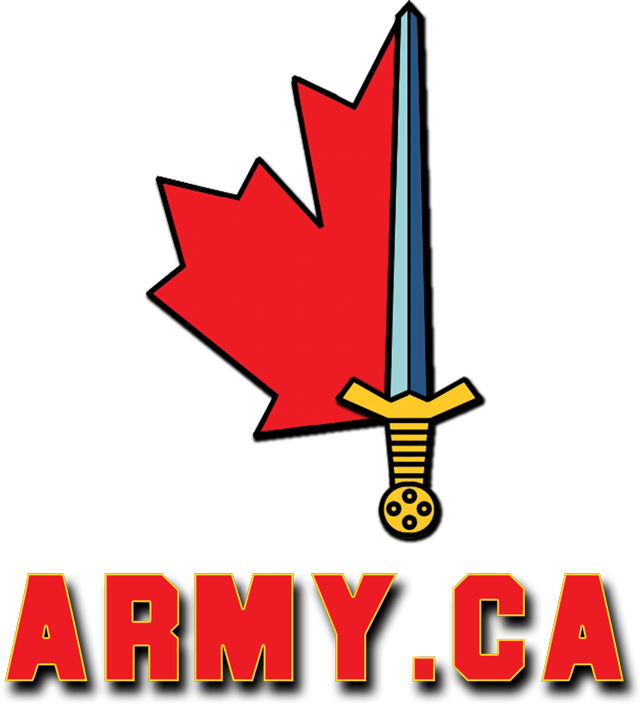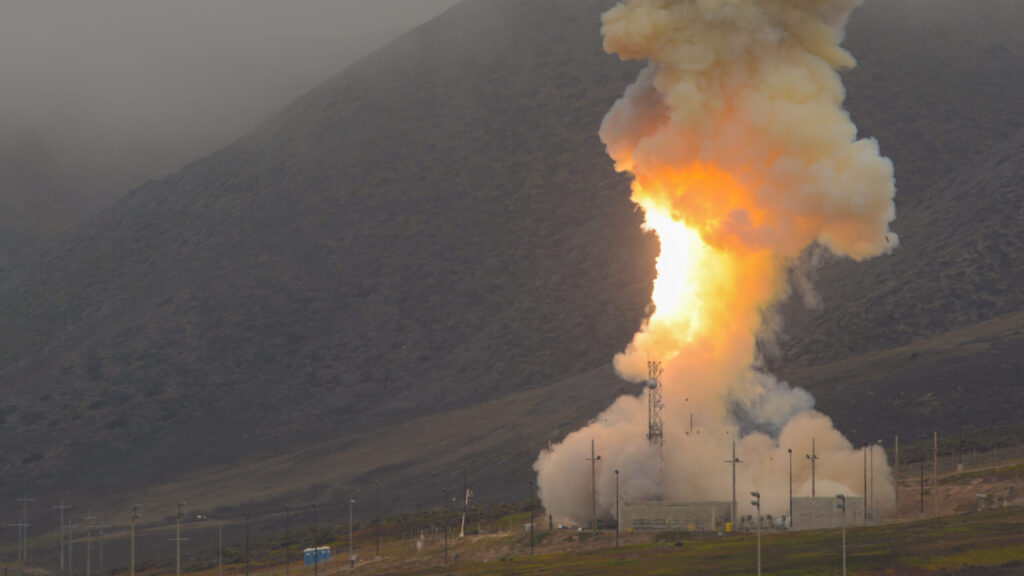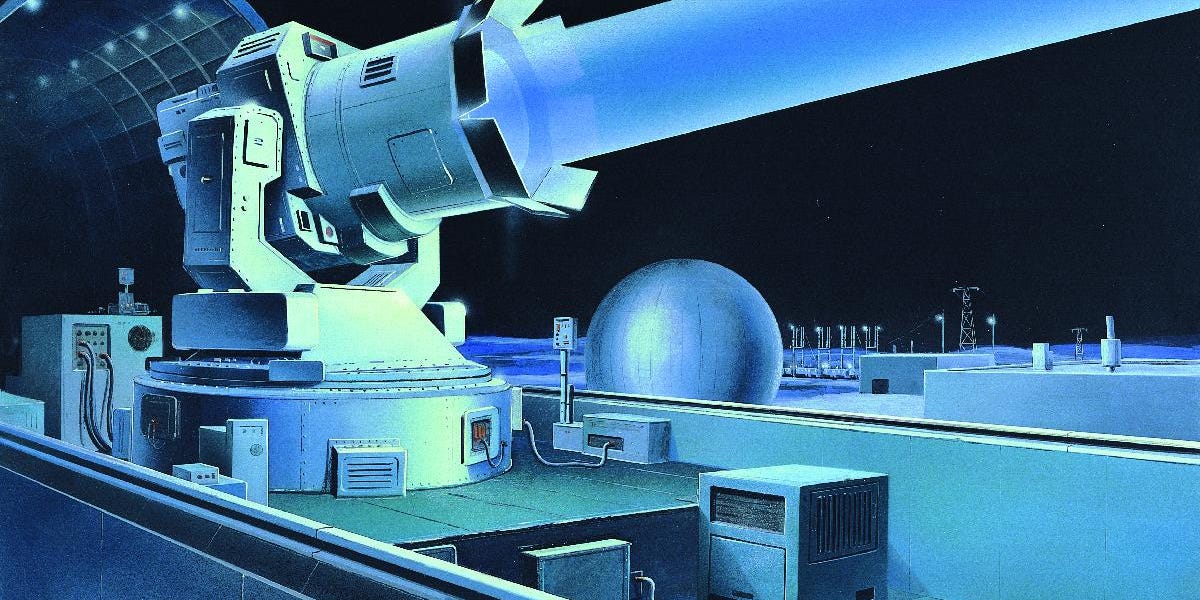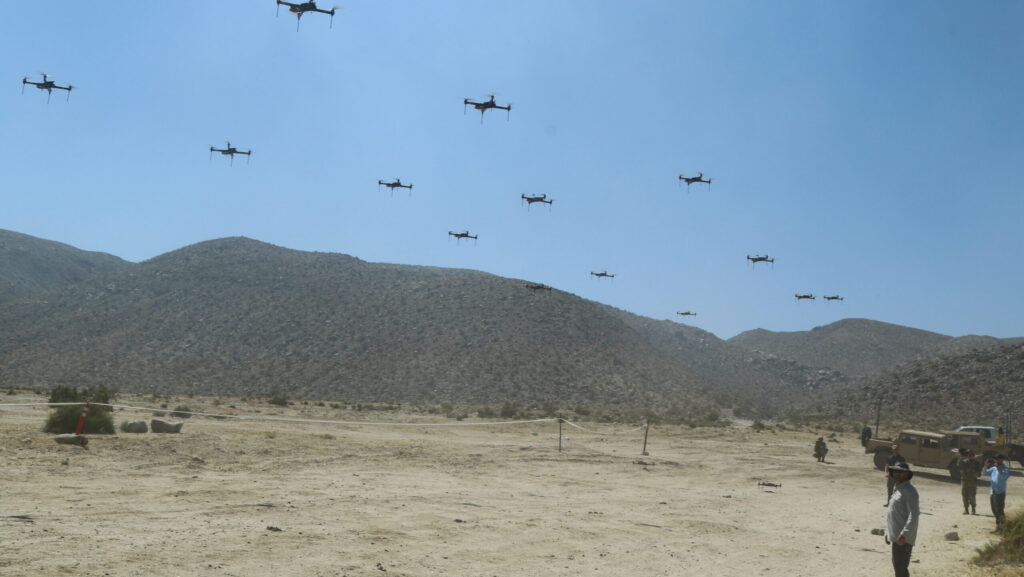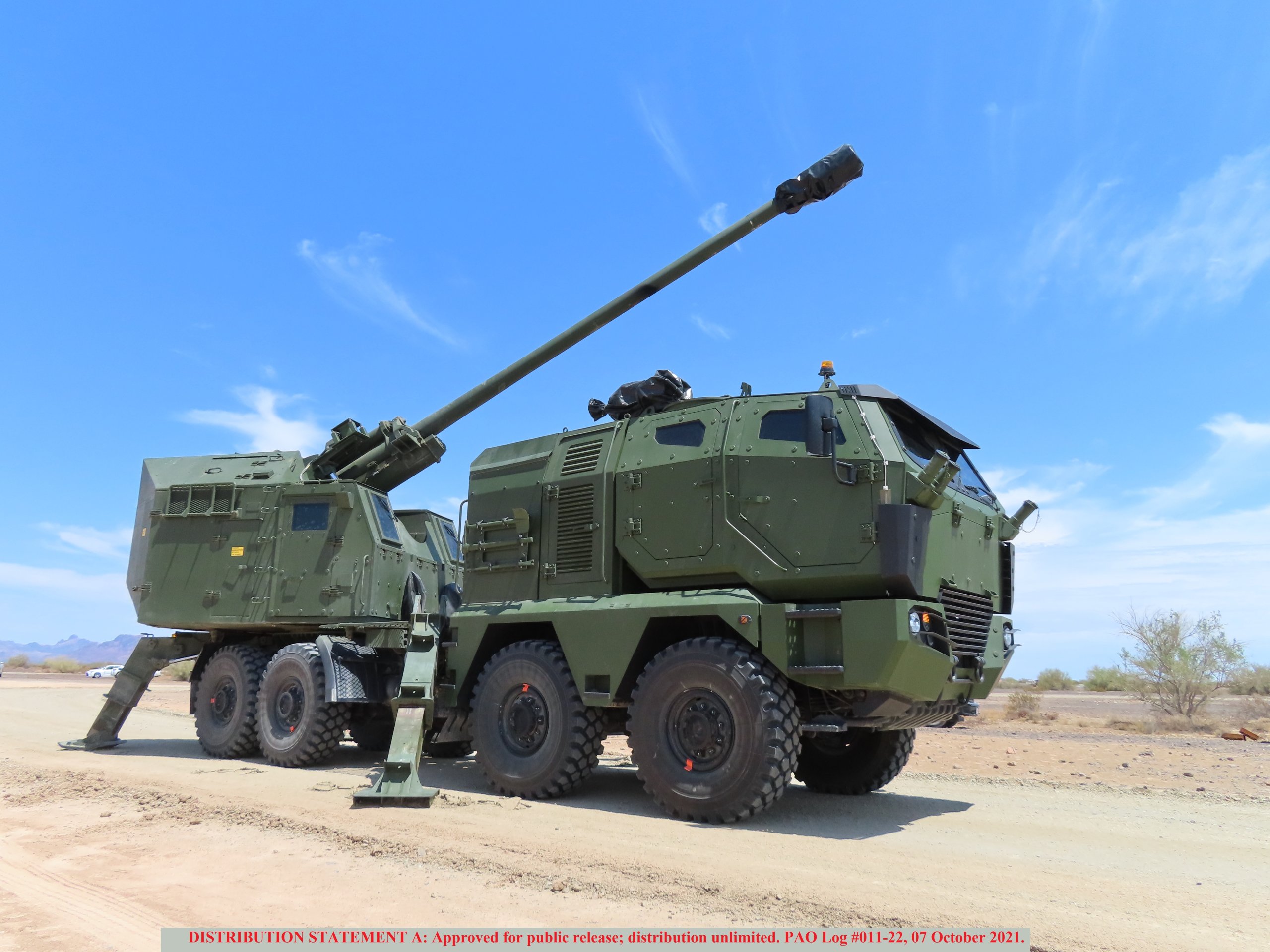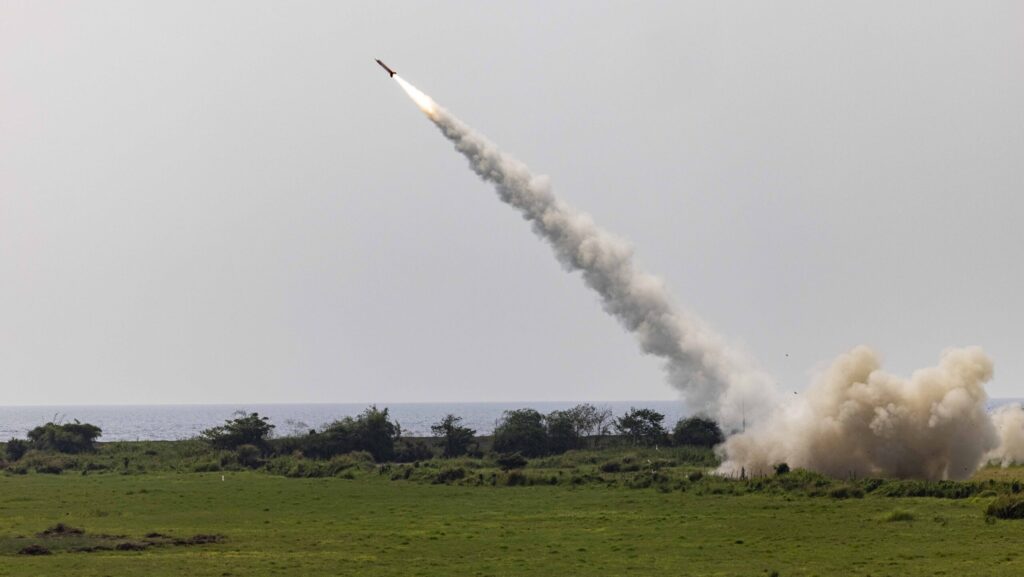Is the ICBM threat the primary threat? The old plan was Ballistic Missile Defense. The new plan is Integrated Air Missile Defense which encompasses Ballistic Missiles of all types (ICBM, MRBM, SRBMs, SLBMs) as well as all manner of air vehicles, from cruise missiles and aircraft to helicopters and UAS, launched from all manner of platforms including boats, ships, trucks and aircraft. And they can be launched by all manner of adversaries, foreign and domestic, political and criminal.
Northcom and NORAD Commander highlights military installation UAS protection needs - cuashub.com General Gregory Guillot, Commander of U.S. Northern Command and North American Aerospace Defense Command, has highlighted the need to extend C-UAS capabilities and legislation for US military...

cuashub.com
The USAF and the US Army are trying to figure out themselves how to slice the air defense pie. Who is responsible for what and if they have the right tools in the right number.
I will go one step further and suggest that military bases and vital points are not the sole, or even primary points that need protection. Canada lists the following Critical Infrastructure segments.
Energy and utilities
Finance
Food
Government
Health
Information and communication technology
Manufacturing
Safety
Transportation
Water
Fortunately most of those elements come together in our urban centres so if we gear ourselves to protect those centres then we probably cover the vast majority of the nodes related to the Critical Infrastructure. So if we have a plan to protect our "places" then we have done much to protect ourselves and our lifestyle.
On the other hand there are a lot of "spaces" between the "places" in Canada and a lot of the infrastructure is dedicated to connecting those "places" across those "spaces". Sometimes it is the difficult matter of protecting thousands of kilometers of linear features like roads and railways, power lines and pipelines. Sometimes is a matter of protecting isolated but significant nodes, everything from Cell Towers to places like Hardisty.
To that we can add places like the Burnaby oil terminal, the Kitimat LNG terminal and even New Brunswick's Belledune port should it, like Manitoba's Churchill or Ontario's Moosonee find a renaissance.
The vertical threat is no longer simply ICBMs delivered by state actors. That is probably the least of our worries. I suggest that the aerial threat is now a lot more prolific and a lot more mundane and that that is what the Integrated Air Missile Defenc(s)e needs to be about. That is what I think Homeland Security/Northern Command/NORAD are all seized with that issue. And that is one that I hope we can find common ground with the US even in Trump's world.
By the way, I suspect that an effective IAMD system for Canada would eat up a large portion of the 5% of GDP that Trump wants allocated to our defence.

